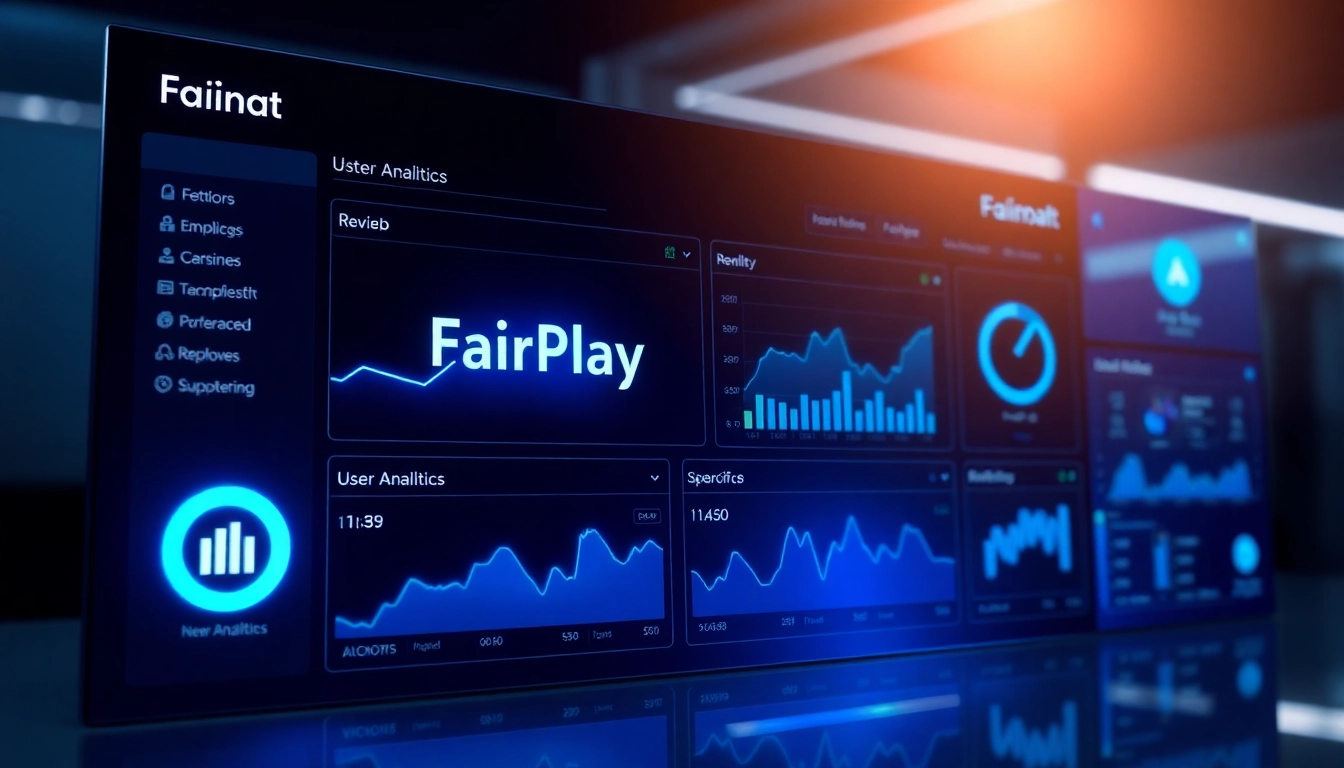Understanding Crypto Mining: Basics and Key Concepts
In the rapidly evolving landscape of blockchain technology, crypto mining stands as a fundamental pillar that enables the decentralization and security of cryptocurrencies like Bitcoin and Ethereum. This process, intricate yet vital, involves validating and recording transactions on a distributed ledger—blockchain—by solving complex computational problems. To grasp the full scope of crypto mining, it is essential to understand its mechanisms, hardware requirements, and the strategic nuances that influence profitability and sustainability in 2025 and beyond.
What Is Cryptocurrency Mining and How Does It Work?
Cryptocurrency mining is a decentralized process that verifies transactions and adds them to a blockchain ledger. Miners, equipped with powerful hardware, perform computations to solve cryptographic puzzles, thereby confirming transaction legitimacy. These puzzles are designed to be computationally intensive, ensuring that only capable hardware can solve them within a reasonable timeframe. Once a miner successfully finds the correct solution—also known as a hash—they broadcast this to the network, which adds the verified block of transactions to the blockchain. In return, miners are rewarded with freshly minted coins, such as bitcoins, and transaction fees, creating a self-sustaining economic system.
This process not only secures the network but also introduces new coins into circulation, following protocols like Bitcoin’s halving events. The critical component is the consensus mechanism—most notably Proof of Work (PoW)—which relies on computational effort rather than trust, maintaining the blockchain’s integrity against malicious attacks.
Different Types of Mining Hardware: ASICs vs GPUs
The effectiveness and efficiency of crypto mining heavily depend on the hardware used. Two primary types dominate the industry:
- ASICs (Application-Specific Integrated Circuits): These are custom-built chips optimized specifically for mining cryptocurrencies like Bitcoin. ASICs deliver unparalleled hashing power and energy efficiency, making them the go-to hardware for professional miners targeting high profitability. For instance, models from BITMAIN, such as the Antminer series, exemplify this high-performance hardware. However, they come with higher initial costs and less flexibility, as they are designed for specific algorithms.
- GPUs (Graphics Processing Units): Originally designed for rendering graphics, GPUs are versatile and capable of mining various altcoins like Ethereum. They offer a flexible mining platform, allowing miners to switch between different cryptocurrencies and algorithms. While less energy-efficient than ASICs, GPUs are accessible for individual miners and hobbyists. High-end GPUs from NVIDIA or AMD are popular choices for decentralized, small-scale mining operations.
Core Components of a Crypto Mining Setup
Setting up an effective crypto mining operation involves multiple components:
- Hardware: ASICs or GPUs, depending on your target coin and budget.
- Power Supply Units (PSUs): Robust, high-capacity PSUs are essential for stable operation.
- Cooling System: Adequate cooling—air or immersion cooling—prevents overheating and prolongs hardware lifespan.
- Mining Software: Programs like CGMiner, BFGMiner, or proprietary solutions depending on hardware compatibility.
- Internet Connection: Stable and high-speed internet to ensure uninterrupted mining activities.
- Electricity Management: Energy-efficient systems or sustainable power sources to optimize costs.
Optimizing Your Crypto Mining Efficiency
Choosing the Right Mining Software and Platforms
Selecting optimal mining software is crucial for maximizing hardware performance and profit margins. Leading platforms like NiceHash simplify the process by allowing users to sell or buy computing power, making it ideal for beginners and experienced miners alike. Software options must be compatible with your hardware and support the algorithms used by your chosen cryptocurrencies. Features to consider include efficiency metrics, ease of use, remote management capabilities, and support for mining pools.
Electricity Costs and Cooling Solutions
Electricity expenses constitute the largest operational cost in crypto mining. According to recent industry data, profitability in 2025 hinges significantly on energy prices. Miners often operate in regions with low-cost power, such as parts of Texas, Iceland, or Quebec. Implementing cooling solutions, such as high-efficiency fans, evaporative cooling, or immersion cooling, reduces hardware stress, extends lifespan, and minimizes energy consumption. Innovative approaches like utilizing waste heat for other applications can further enhance efficiency.
Mining Pool Strategies for Better Rewards
Solo mining rarely yields consistent rewards, especially for smaller operations. Joining a mining pool aggregates computational power from multiple participants, increasing the likelihood of earning rewards regularly. Proper pooling strategies involve choosing pools with low fees, transparent payout structures, and reliable performance. Consider pool size—larger pools reduce variance but distribute rewards among more participants, while smaller pools may offer higher payout ratios but less consistent earnings.
Financial Considerations and Profitability
Evaluating Hardware Investment and ROI
Determining the return on investment (ROI) requires analyzing hardware costs, electricity consumption, mining difficulty, and cryptocurrency prices. High-end ASIC miners can cost from $2,000 to over $10,000, with ROI periods varying from months to over a year depending on market conditions. Profitability calculators from platforms like NiceHash and other analytics tools help estimate earnings, factoring in current coin prices and network difficulty. Diversifying hardware investments and maintaining flexible setups can hedge against market volatility.
Market Trends and Cryptocurrency Prices Impact
Cryptocurrency prices influence mining profitability directly. Bullish market trends elevate payout potential, whereas prolonged downturns may render mining unprofitable for some hardware models. Monitoring market indices, network hash rates, and upcoming protocol changes is vital for strategic decision-making. For example, halving events reduce new coin issuance and can impact rewards substantially, requiring miners to adapt their strategies accordingly.
Mitigating Risks and Regulatory Challenges
Regulatory environments vary globally, with some jurisdictions imposing bans, taxes, or restrictions on crypto mining activities. Staying compliant involves understanding local policies and proactively adjusting operations. Implementing robust cybersecurity measures to safeguard sensitive infrastructure against hacking attempts and illegal mining operations is equally critical. Utilizing legal counsel and participating in industry advocacy can help navigate an ever-changing regulation landscape.
Emerging Trends in Crypto Mining for 2025
Green Mining Technologies and Sustainable Practices
As environmental concerns intensify, green mining initiatives are gaining momentum. Adoption of renewable energy sources like solar, wind, and hydroelectric power reduces carbon footprints. Companies are exploring immersion cooling and heat recovery systems to lower energy consumption and mitigate ecological impact. Sustainability certifications and carbon offset programs are becoming integral for compliant and socially responsible operations.
Scaling Operations with Cloud-Based Mining
Cloud mining offers flexible scaling options without the need for significant hardware investment. Platforms such as AIXA Miner facilitate global expansion by providing remote access to mining infrastructure. While cloud mining presents advantages in convenience and scalability, it demands careful assessment of fees, contract reliability, and transparency to ensure genuine profitability.
Legal and Policy Developments Affecting Mining Activities
Political and regulatory developments continue to shape the future of crypto mining. Countries are establishing registries, licensing regimes, and taxation frameworks to monitor and control activities—Russia’s recent creation of a crypto mining equipment registry exemplifies this trend. Staying informed through industry news and participating in policy discussions can help miners adapt swiftly to evolving legal landscapes.
Best Practices and Future Outlook
Security Tips to Protect Mining Infrastructure
Ensuring cybersecurity is paramount. Use firewalls, VPNs, and encrypted connections to safeguard control systems. Regular software updates, strong passwords, and two-factor authentication prevent unauthorized access. Implementing hardware security modules (HSMs) and intrusion detection systems adds extra layers of protection against hacking, malware, and DDoS attacks.
Integrating Hardware Upgrades for Improved Performance
Periodic hardware upgrades optimize mining efficiency, reduce energy consumption, and boost hash rates. Assessing new generations of ASICs or GPUs and upgrading accordingly can maintain competitive edge. Ensuring compatibility with existing infrastructure and conducting cost-benefit analyses are essential before transitioning.
Long-Term Strategies for Successful Crypto Mining
Diversification, continuous education, and adaptable operational strategies are vital for long-term success. Diversify across coins with different algorithms, shift to renewable power sources, and stay informed of protocol updates. Collaborate with industry experts, participate in mining communities, and leverage predictive analytics to anticipate market shifts.


